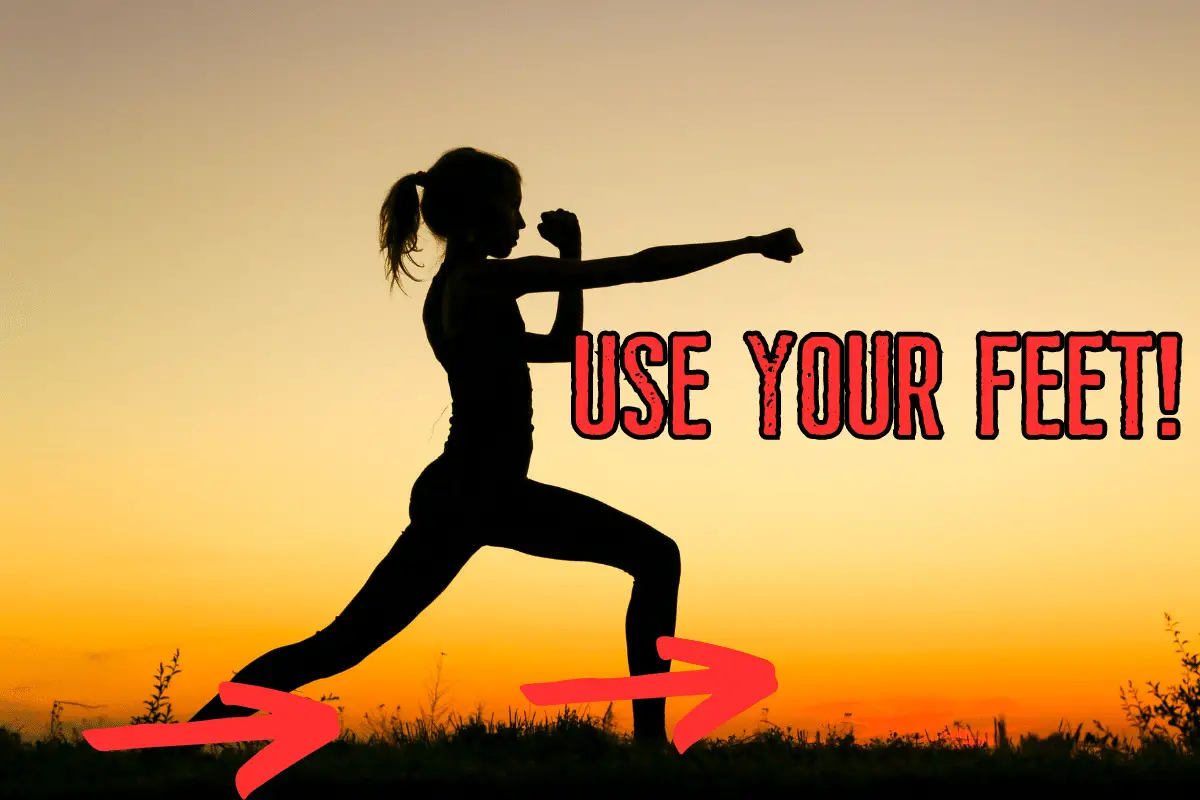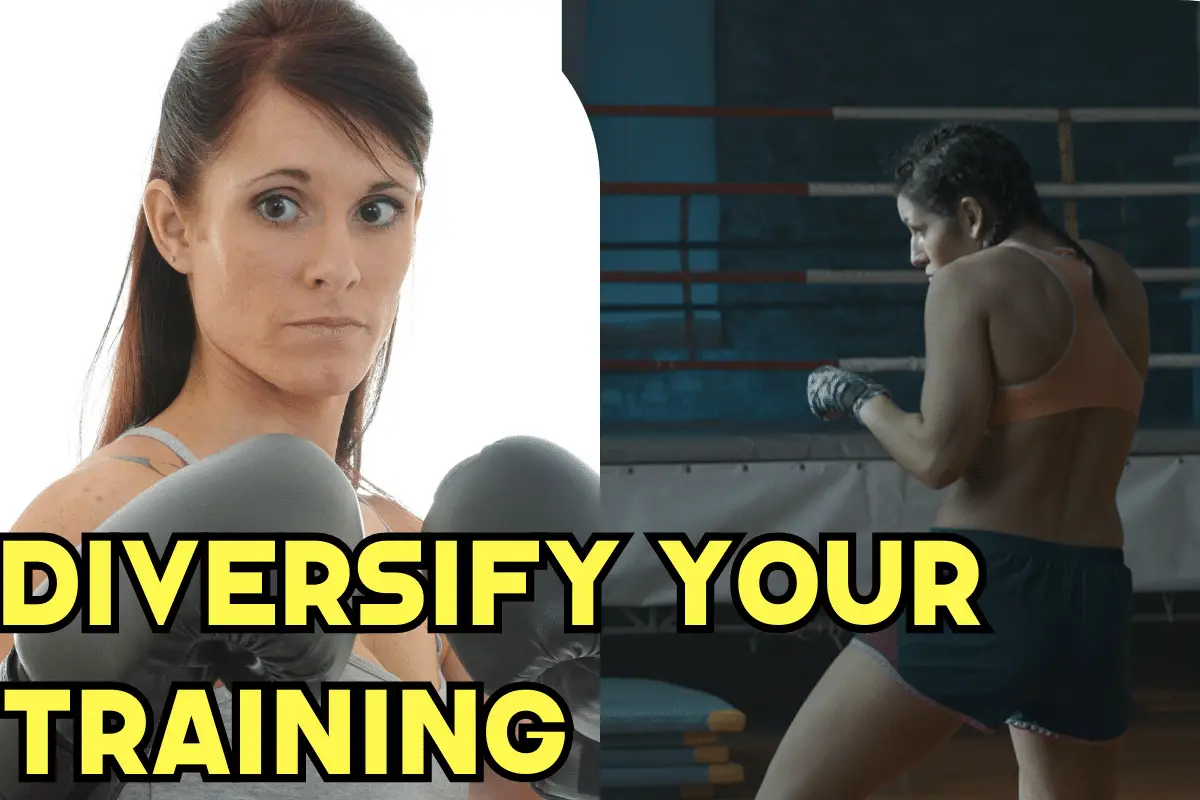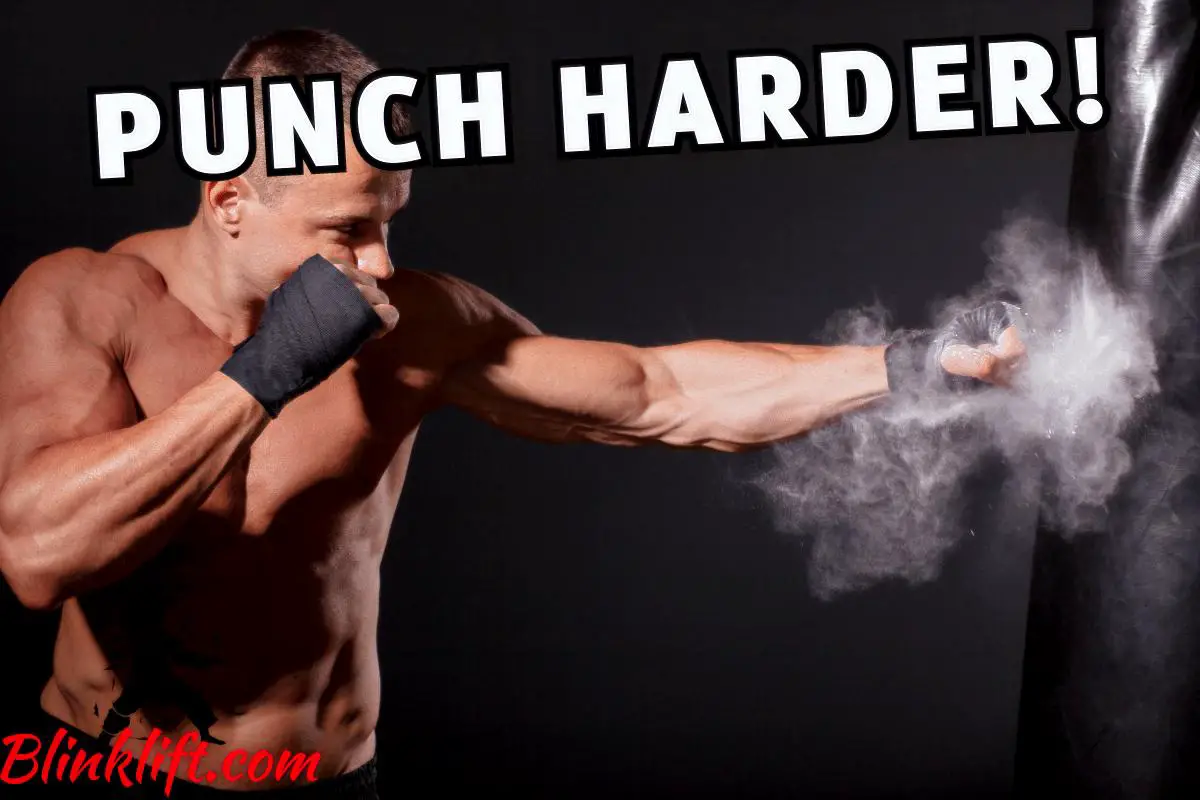In the heart of the ancient martial art of Muay Thai lies the artistry of punching – a skill that transcends mere physical force, encompassing precision, technique, and raw power. A well-executed punch has the potential to change the course of a match, leaving opponents in awe of its speed and impact.
What we’ll do in this article is explore eleven tips that, with proper implementation, will help you improve the speed, precision, and raw force of your punches. I can guarantee one thing: if you don’t overlook what I’m about to discuss here and actually take the time and effort to implement them into your Muay Thai game, you’ll improve your punching abilities.
But, for those of you who won’t eventually implement at least some of the tips here, I can’t guarantee an improvement—and I think you can understand that.
Understand one point; Rome wasn’t built in a day. You want to remain as consistent and dedicated to your Muay Thai training as possible. Even if your attention isn’t on better your punches but just on showing up to training, your punching ability will inevitably improve.
Now that you have the right mindset to begin improving your punches in Muay Thai, let’s dive into the first tip.
#1 – Ensure Proper Fighting Stance
The first tip is also the most basic one. However, basic doesn’t mean simple. In fact, I think that perfecting this step is going to be much harder than learning more complicated movements and combinations.
The first tip is to ensure a proper fighting stance. Now, I recommend taking this tip in two different ways, which I believe are good. Any other will might not benefit you as much.
The first way is to only focus on your Muay Thai fighting stance and perfect it. The other way is to hone it over time. If you pay no attention to it, it won’t serve you, which is the entire point of having a solid fighting stance.
Ensure you maintain a solid and balanced stance. Distribute your weight evenly on both legs, keeping your feet shoulder-width apart. This allows for proper weight transfer and power generation in your punches.
I did write a complete guide to perfecting your Muay Thai stance, which I highly encourage you to read if that’s something that interests you.
With a proper fighting stance, you’ll be able to:
- Generate more punching force
- Increase the speed of your punches
- Improve your defense
- Throw much stronger combinations
Let us move on.
#2 – Use a Proper Fist Formation
The second way to improve your punching ability is to use a proper fist formation. Not only is it important for power and impact, but it’s also important to avoid any injuries. Hand injuries are very common in Muay Thai and many other striking-based martial arts.
Therefore, prioritizing hand and wrist safety—will prevent the most common injuries and ensure you’re capable of continuing your training. Learn more about the most common Muay Thai injuries by following this link (the link leads to a scientific study.)
Anyways, here’s to make a proper fist.
Form a tight fist with your thumb outside and fingers wrapped around the base of your thumb. Keep your wrists straight to prevent injury. When you’re first learning to punch, focus entirely on your fist to ensure it doesn’t loosen or that it’s in the wrong formation.
So remember, ensure a proper fighting stance and a close fist before you consider anything else. Assuming you got these two right, you can advance to the next tip.
#3 – Keep Your Guard Up
You only really understand the importance of defense when you’re in a real fight or spar. When you get hit in the face or body, you’ll regret the decision of starting your Muay Thai training (just kidding, or not.) Anyways, it’s not a nice experience.
Always keep your non-punching hand up and close to your face to protect yourself from counterattacks.
Whenever you punch, you must ensure you keep your guard up. This also applies to kicks, as you’re most vulnerable when you’re done throwing the kick.
Defense is as important as offense. That’s why I’ve decided to include this tip as the 3rd on this list. In the next one, we’ll review how you can generate more force with your punches, so stay tuned.
#4 – Utilize Footwork
The next tip is the first one that actually applies to your punching technique. I got a question for you. Where do you think most of your punching power comes from? The most common answer I hear is from your arm, of course. However, that is also the primary mistake you’ll make when throwing a punch.
The power you generate with your punch doesn’t originate in the punching arm. Instead, the power comes from your lower body, primarily your hips and feet. Thus, you’ll be able to generate more power if you incorporate them in a better way.
Master proper footwork to generate power from the ground up. Push off the back foot and rotate your hips and shoulders when you punch, utilizing your entire body for maximum power.
When you throw a Cross, for example, you want to push off your right foot while twisting your hips. This is why you see Muay Thai fighters twisting their back foot when they throw a punch. Again, if you throw a Cross, you want to create power with your right side, including the hip, foot, shoulder, back, and legs.
Another part here is that you can step forward when you throw a punch to make it stronger. If you throw a Jab, you can step with your left leg. That’ll create more power and improve your unexpectedness and explosiveness.

#5 – Use Hip Rotation
The next tip we’ll review is to use hip rotation. We’ve already reviewed some of it in the previous tip, but I want to expand upon this point even further. Most (yes, most not some) of your punching power will come from your hips. How much you use them will directly influence the amount of force you’ll be able to generate.
The power in your punches comes from your hips. As you throw a punch, rotate your hips and transfer that energy into the punch.
The best example of this is when you throw a Hook. In the Hook, it can be easy to cause very little or an exceptional amount of damage; I see both extremes in Muay Thai disciples.
Regardless of your skill level, you must turn your hips when you throw the Hook. The hip should be leading the movement here. If you do it any other way, you won’t be able to cause nearly as much damage as if you were to use your hips.
Here’s what that would look like:
Remember, use your hips together with your feet to cause much more damage with your punches.

#6 – Fully Extend Your Punch
Fully extend your arm when you punch, whether it’s a Jab, Cross, Hook, or Uppercut. This allows you to maximize the range and power of your strikes.
Indeed, this tip is also a critical one to ensure you generate more force with your punches. Without a complete extension of your arm, you’re losing power. Therefore, you must also take that into consideration if you wish to improve your punches in Muay Thai.
What I’m giving you in this article is lessons from experience. I’ve been on both sides and I know how to throw a more effective punch that causes substantial damage and skyrockets your Muay Thai fighting skills.
If you haven’t written down the tips thus far, I encourage you to do so. Likewise, if you want to guarantee progression, bookmark this article and return to it right before you start practicing your punches. Choose one of the tips and focus only on it!
#7 – Focus on Technique
The next tip is critical to understand, so pay close attention. Today, many Muay Thai fighters overlook the importance of having a proper punching technique before focusing on speed. This is how I started. I thought I was an amazing fighter in my second session and ended up hurting my wrist as a result of not understanding this concept that we were about to discuss.
Don’t rush and throw powerful punches without proper technique. Focus on the fundamentals first, ensuring your form is correct before adding more power.
Focus on your first formation. Focus on incorporating the hips and feet before you amp up the pace. This is critical to understand and it WILL save you from unnecessary injuries and save you a lot of learning time.
Focus on the technique. Hone it until perfection before you even consider amping up the pace and power. Build muscle memory that will serve you for the entirety of your Muay Thai fighting career.
This is how you become exceptional.
If safety interests you, especially in one of the most dangerous combative sports on the globe, I encourage you to buy the best Muay Thai gloves for protection and power (follow the link to read an article on the best ones.) Don’t look away from safety.
#8 – Exhale When Punching
How do Muay Thai fighters are capable of fighting for so long, you might ask yourself. Well, the answer to that has two parts. The first is physical conditioning, which I think is obvious. And the not-so-obvious reason is because of correct breathing.
Correct breathing will (1) improve your punching power and (2) allow you to get less tired and fight longer. So how do you use your breathing to help you in Muay Thai?
Coordinate your breathing with your punches. Exhale sharply with each strike to increase power and maintain a steady rhythm.
I don’t want you to start overanalyzing breathing too much. Instead, the only technique I want you to start getting used to is exhaling sharply when throwing a punch. This article is about throwing better punches, so I’ll only focus on that aspect of breathing.
Ensure to exhale sharply with each punch you throw, regardless of the one you’re using. Do that and you’ll notice your punching power skyrocketing.
#9 – Diversify Your Training
Practice shadowboxing regularly to work on your technique, footwork, and fluidity of movement. Visualize an opponent and focus on perfecting your strikes.
Incorporate pad work with a partner or trainer. This allows you to practice different combinations, refine your technique, and build power in a controlled environment.
Diversifying your training methods will help you learn faster while optimizing your learning rate.

#10 – Speed and Timing
I encourage you not to implement this tip until your technique is perfect. If, or when I should say, your punching technique is flawless, start working on this tip.
Work on improving the speed and timing of your punches. Being fast and well-timed can catch your opponents off guard, increasing the effectiveness of your strikes.
Start amping up the pace when you feel comfortable with all the basic punches, which are:
Once you got both speed and power, you’ll become a fierce, fearsome striker.
#11 – Don’t Forget About Strength Traning
Complement your Muay Thai training with strength and conditioning exercises. Focus on exercising your entire body, and not just your arms and shoulders. Getting all your muscles stronger will contribute to an increase in punching power.
Many trainees disregard the importance of strong legs. As a result, they’ll be unable to become exceptional fighters, as one of the criteria for that is to have powerful legs.
So make sure to incorporate full-body strength training into your weekly Muay Thai routine.
Final Words
Mastering the art of punching in Muay Thai requires a combination of proper technique, dedication, and consistent practice. The eleven tips we’ve explored will undoubtedly help you enhance your punching skills and deliver more powerful strikes in the ring.
Remember, Rome wasn’t built in a day. It’s consistent practice and remaining dedicated to the process that will give you all the results, not a single training session.
So if something went wrong in one training session, have no worries. If you stick with your training while focusing on implementing the tips we’ve reviewed in this article, you’re guaranteed (and I mean that) to improve your punching over time.
If you want to improve your kicking and become a much better Muay Thai fighter, follow this link.
Here are other articles you’ll benefit from:


